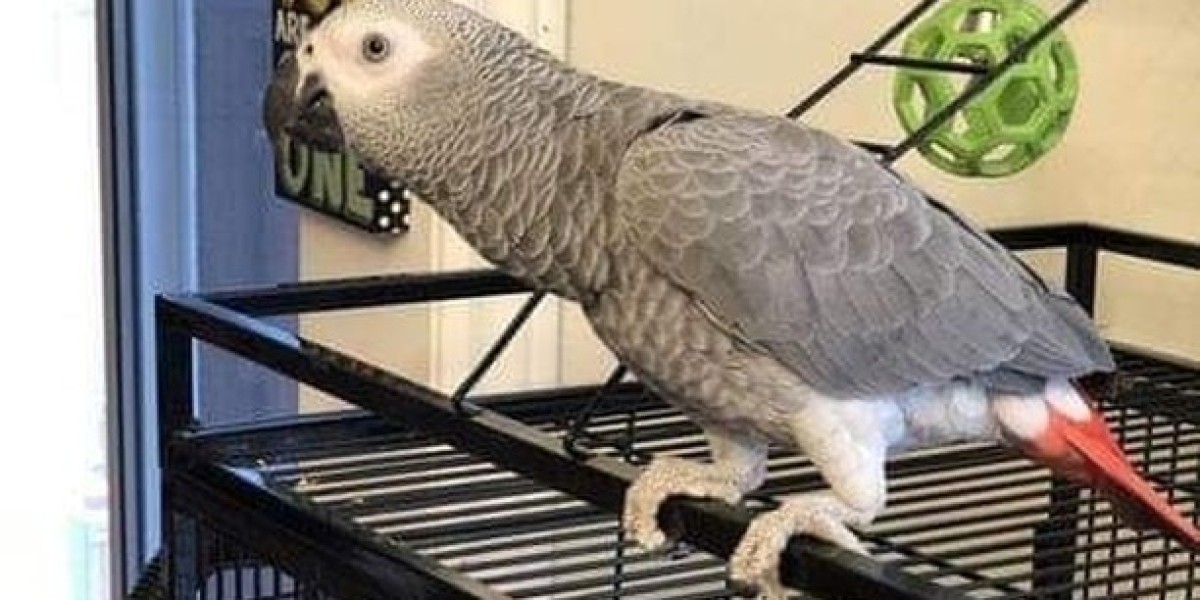African Grey Parrots are renowned for their intelligence, social nature, and striking appearance. Their size plays a crucial role in their behavior, housing needs, and overall care. This article delves into the dimensions of African Grey Parrots, factors that influence their size, and what prospective owners should know.

Overview of African Grey Parrot Size
African Grey Parrots are medium-sized parrots, with a range that can vary slightly depending on the particular species. The two most common types of African Grey Parrots are the Congo African Grey and the Timneh African Grey. The table below outlines key characteristics related to their sizes.
| Type of African Grey Parrot | Average Length (inches) | Average Weight (grams) | Wingspan (inches) |
|---|---|---|---|
| Congo African grey Parrot size Grey | 12 to 14 | 400 to 600 | 24 to 28 |
| Timneh African Grey | 9 to 11 | 250 to 400 | 22 to 25 |
Characteristics of Size
Congo African Grey: Known for its striking grey plumage with a bright red tail, the Congo African Grey is one of the larger species. Adults typically measure between 12 to 14 inches in length and can weigh up to 600 grams. Their size requires ample space for roaming and playing.
Timneh African Grey: This smaller variant measures about 9 to 11 inches long and weighs between 250 to 400 grams. The Timneh features a darker shade of grey and has a more pronounced maroon tail. Their size makes them slightly more manageable for novice parrot owners.
Factors Influencing Size
Several factors contribute to the size of African Grey Parrots. Understanding these aspects is essential for potential owners looking to provide the best habitat and care for their feathered friends.
Genetics: Just like humans, the genetic makeup of African Grey Parrots can result in size variations. Breeders who prioritize size may produce larger birds.
Diet: A well-balanced diet rich in fruits, vegetables, nuts, and high-quality pellets can significantly influence a parrot's growth and overall health. Proper nutrition can prevent health issues related to underweight or overweight birds.
Sexual Dimorphism: While there is no significant sexual dimorphism in African Grey Parrots, males are often slightly larger than females. However, distinguishing between the sexes based on size alone can be unreliable.
Environmental Conditions: Stressful environments can impact growth. Birds kept in enriching environments with plenty of space, toys, and social interaction are more likely to thrive and reach their full size potential.
Best Housing for African Grey Parrots
Given their size, African Grey Parrots require spacious accommodations. Here are essential housing tips:
Cage Size: A recommended size for a Congo African Grey is a cage that is at least 24 x 24 x 36 inches (length x width x height). For Timneh African Greys, a slightly smaller cage of about 24 x 18 x 30 inches is suitable. Birds need enough room to stretch their wings and move around comfortably.
Play Area: In addition to a cage, creating a safe and stimulating play area is vital. This can be a bird-safe room or a play stand equipped with toys, perches, and climbing structures.
Perches: Provide a variety of perches of different diameters and textures. This promotes foot health and prevents boredom.
Caring for Your African Grey Parrot
Caring for African Grey Parrots involves more than just understanding their size. Proper care includes a balanced diet, regular veterinary check-ups, and social interaction. Here are some key points:
Diet and Nutrition
- Fresh fruits and vegetables should make up about 20% of their diet.
- High-quality pellets designed for medium to large parrots should be their primary food source.
- Avoid feeding them avocado, chocolate, and alcohol, as these can be toxic.
Social Interaction
- African Grey Parrots are highly social creatures and require daily interaction.
- Spend time with them, provide mental stimulation through toys, and encourage them to socialize with family members.
Regular Health Checks
- Schedule annual veterinary visits for routine health check-ups.
- Monitor for signs of illness or behavioral changes, which can indicate health issues.
FAQs About African Grey Parrot Size
How much space do I need for an African Grey Parrot?
- A spacious cage and play area are essential for African Greys. Ideally, the cage should allow the bird to stretch its wings and move freely.
Do African Grey Parrots grow larger as they age?
- African Grey Parrots reach their full size by about one year of age. After this point, they will not grow significantly larger.
Is there a significant difference in size between the Congo and Timneh African Grey?
- Yes, the Congo African Grey is larger, measuring 12 to 14 inches and weighing between 400 to 600 grams, whereas the Timneh measures 9 to 11 inches and weighs 250 to 400 grams.
Can an African Grey’s size affect its personality?
- Size does not necessarily affect personality, but larger birds may require more space in their environment, while smaller birds may be a bit easier to manage.
Understanding the size of African Grey Parrots is essential for their proper care and well-being. Their medium size and unique characteristics make them popular among bird enthusiasts. By providing adequate space, a balanced diet, and ample social interaction, owners can ensure their African Grey Parrots thrive in a healthy and stimulating environment. Understanding their needs related to size is the first step in being a responsible and informed parrot owner.







